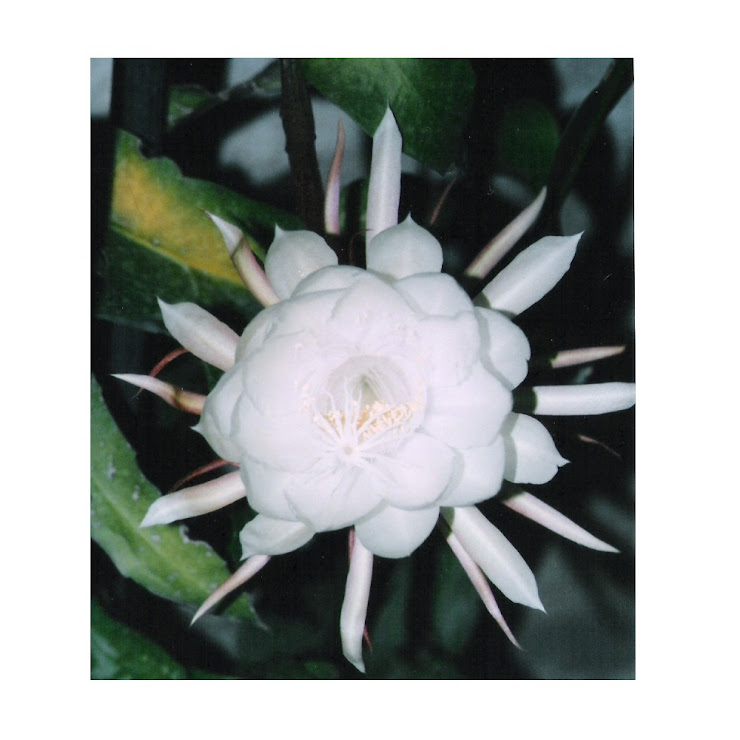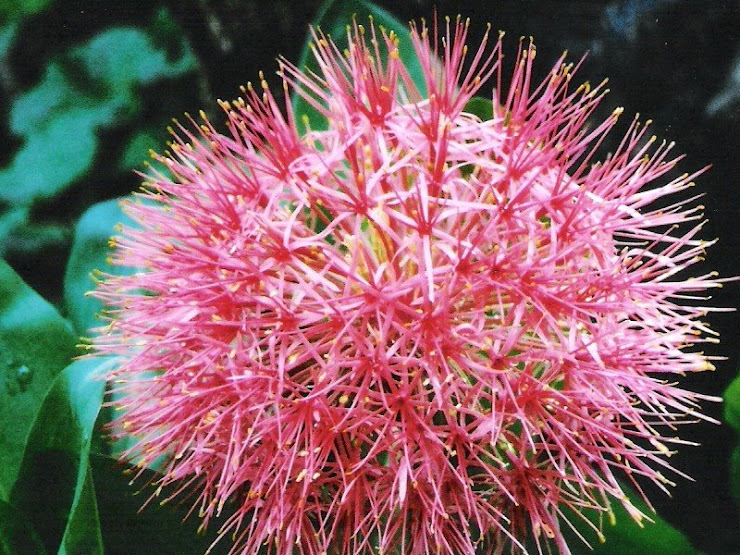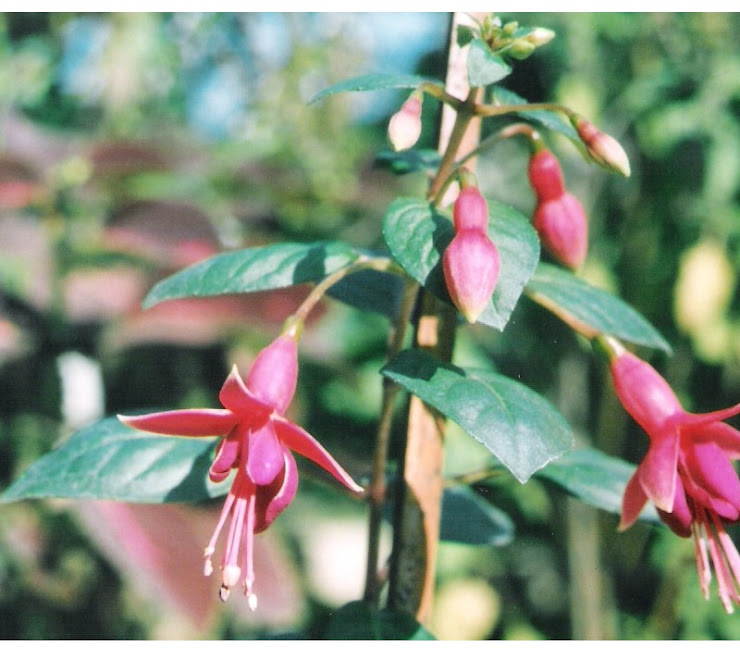Sunflowers
in your garden
Growing sunflowers is an easy job. Even children enjoy planting
sunflowers, and sunflower plants are both pretty and useful for things like raw
black oil sunflower seeds for oil or bird feed, sunflower bouquets, or hulled
sunflower seeds for eating.
While many see the sunflower as "weedy" or best grown in the backyard, many sunflower varieties are quite elegant, and go well in a contemporary front yard setting. Of course, if your front yard's theme is French country cottage, primitive country, or you grow a holiday seasonal garden, growing sunflowers fits perfectly.
While many see the sunflower as "weedy" or best grown in the backyard, many sunflower varieties are quite elegant, and go well in a contemporary front yard setting. Of course, if your front yard's theme is French country cottage, primitive country, or you grow a holiday seasonal garden, growing sunflowers fits perfectly.
Facts about sunflowers:
Plant type:
Tender annual (some varieties are perennial)
Plant size:
2-20 feet tall, 1-4 feet in diameter, depending on varietyEdible parts: young leaves, petals, seeds
Flower color(s):
White to dark brownish red, depending on variety.
Tender annual (some varieties are perennial)
Plant size:
2-20 feet tall, 1-4 feet in diameter, depending on varietyEdible parts: young leaves, petals, seeds
Flower color(s):
White to dark brownish red, depending on variety.
Flower
type:
Composite, the "head" is composed of hundreds of tiny flowers, while the "petals" are actually leaves which protect these tiny flowers while they are still young.
Composite, the "head" is composed of hundreds of tiny flowers, while the "petals" are actually leaves which protect these tiny flowers while they are still young.
Blooms:
Summer to fallLeaf color(s): grass greenLeaf type: heart-shaped, giant sunflower leaves can get larger than your head.
Summer to fallLeaf color(s): grass greenLeaf type: heart-shaped, giant sunflower leaves can get larger than your head.
Stem color:
Light greenCan be grown in all climates, however some perennial sunflowers can be grown in cold climates with temperatures down to 15 degree C.
Light greenCan be grown in all climates, however some perennial sunflowers can be grown in cold climates with temperatures down to 15 degree C.
Soil Condition:
Like, average to rich soil (more important for the giant sunflower)Dislikes: sandy soil (especially the giant sunflowers, which will fall over in sand), overwatering, high winds.
Uses:
Divider hedges, backdrops, centerpieces in flower garden design, cut flowers, hedge mazes, flowering bush, border plant, children's gardens.
The name "sunflower" comes from the fact that growing sunflowers turn their heads to face the sun! This action is called heliotropism.
Like, average to rich soil (more important for the giant sunflower)Dislikes: sandy soil (especially the giant sunflowers, which will fall over in sand), overwatering, high winds.
Uses:
Divider hedges, backdrops, centerpieces in flower garden design, cut flowers, hedge mazes, flowering bush, border plant, children's gardens.
The name "sunflower" comes from the fact that growing sunflowers turn their heads to face the sun! This action is called heliotropism.
Sunflowers seem to know where the sun is at any given time and overnight return
to facing east in time for the dawn.Some sunflowers insist on pointing east
after they bloom. Perennial sunflowers may take up to 3 years to bloom, but
then bloom consistently every year.There are several types of sunflowers: Giant
sunflowers, which grow 8-20 feet tall with heads up to 2 feet in diameter
(usually the shorter ones have the larger heads). This type of sunflower
usually has one head on it. These are the sort that produce the giant sunflower
seeds you see in
the stores, and are the ones used in growing sunflower mazes.
"Sunzilla" and "Mammoth" are giant sunflower varieties.
Medium
sized sunflowers:
These grow 4-8 feet tall, and often have multiple blossoms on them, giving them more of a bush or tree-like look. These are found in a variety of colors. "Moulin Rouge", "Autumn Beauty", and the black oil sunflower falls into this group (I have several of the latter in my backyard).
These grow 4-8 feet tall, and often have multiple blossoms on them, giving them more of a bush or tree-like look. These are found in a variety of colors. "Moulin Rouge", "Autumn Beauty", and the black oil sunflower falls into this group (I have several of the latter in my backyard).
The flowers are attractive in arrangements. Miniature sunflowers
grow 2-4 feet tall and are popular in borders. These are often used as cut
flowers in sunflower bouquets, and are perfect for containers.
"Sonja" and "Teddy Bear" are popular miniature sunflower
varieties.
Planting sunflowers
Planting sunflower seeds is easy. Plant
seeds directly into the ground anytime in the spring after the ground has
thawed. They do best in full sun, although they will tolerate some partial
shade.Space seeds 1-3 feet apart and cover with an inch or so of dirt.
Seeds
can be started indoors and transplanted when the sunflower is very young (as in
right when the sprout comes from the soil) but you may not get as good of a
result this way.Water
daily until the seed germinates, in about 5-7 days.
If you don't see a seedling
after a week, plant another seed there, as the first one likely didn't make
it.Birds and animals like to dig up and eat sunflower seeds, especially in the
early spring, so some people cover the seeds with a row cover or netting for
the first week, until the seed has sprouted.Once you begin growing sunflowers,
you will have "volunteers" the next year, although the seeds will
usually be smaller as years go by.
If you are planting for giant sunflower
seeds you will probably need to plant new seed every year. Enriching the soil
over the winter with manure or compost will improve the next summer's seed
production quite a bit.
Growing sunflowers
Sunflowers don't need much care.
If there is a severe drought, they may need a bit of watering, but other than
that they are fairly tough plants. A lone giant sunflower may need staking,
especially if the ground tends to be soggy, you routinely have high winds, or
your soil is sandy, to keep it from toppling over.
If you do stake, be careful
to use soft, flexible ties (pieces cut from old stockings are perfect for this)
to keep from damaging the stem.Giant sunflowers planted in a clump need to be
watched. If one starts to fall over it
may take the whole group with it, even in the most stable soil. Cutting out a
"Tower of Piza" at the base with some garden loppers before it falls
is the best way to manage this problem.
Harvesting sunflowers
Sunflower
leaves and petals are best harvested when very young, when they can be used in
salads. Later, the leaves become "fuzzy".Cut off the heads of giant
and black oil sunflowers when the back of the head starts to turn yellow -- do
this on a cloudy day, because remember, they are facing the sun!
Lay the heads
out to dry where they will be safe from animals. I do not recommend putting
them outside if you have raccoons nearby.When the heads turn brown, the seeds
come off fairly easily. Rub the head with another head or with your hand over a
large bowl to catch the seeds. The stalks and dry empty heads can be used for
animal fodder (my rabbits like eating them), crafts, or can be chopped and put
into the compost.
Stalks with smaller flower heads can be left standing for
birds to pick at over the winter if you like. You'll most likely have volunteer
sunflowers come up in that area, so do this when you want your sunflowers to
reseed for next year.










No comments:
Post a Comment